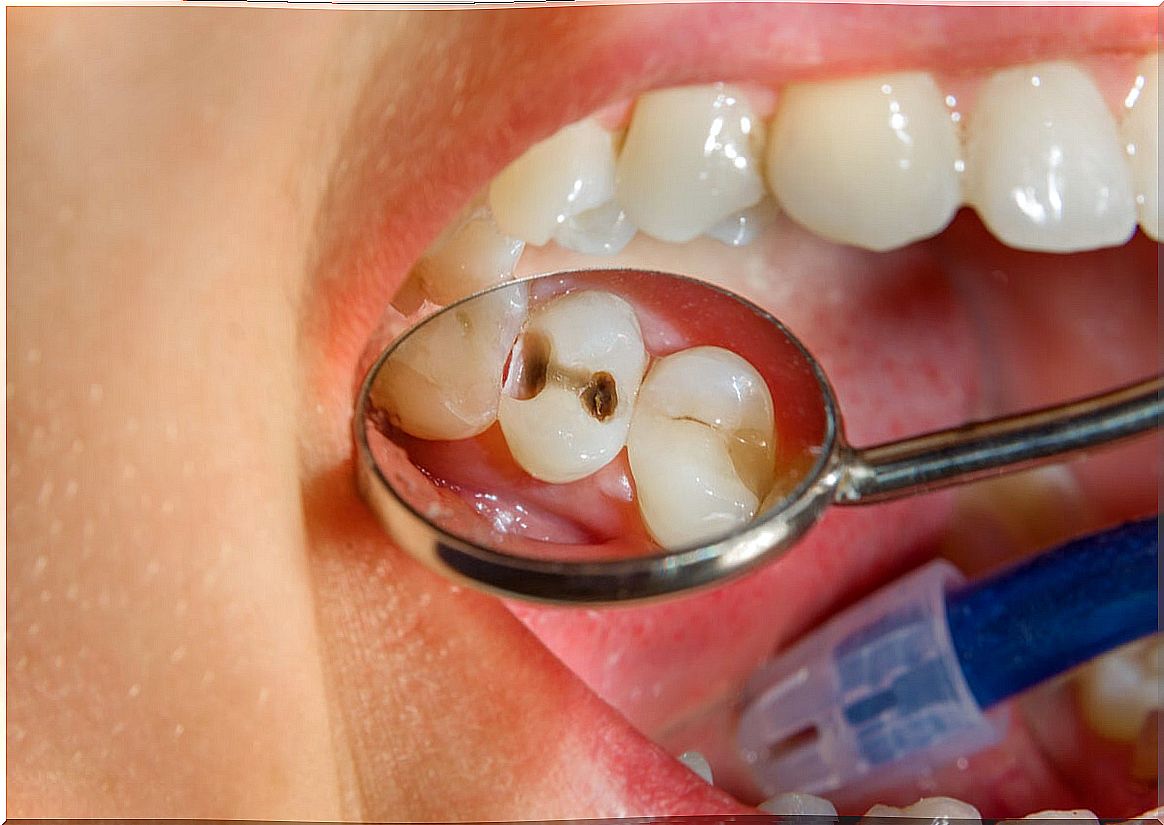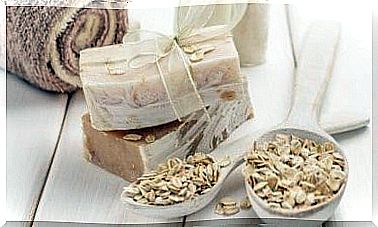What Is Dental Piercing And How Is The Procedure?
The tendency to pierce the ears, tongue, belly button and other parts of the body is well known. There is also another possibility in this fashion: to get a dental piercing .
It consists of placing a jewel, gem or stone on the surface of a tooth in the mouth. This adds shine and some exoticism to the smile.
And although it is fashionable now, it is not something new. The ancient Egyptians and the Mayans put precious stones on their teeth as a symbol of greatness and distinction.
The search for a perfect and attractive smile is a great concern for many people. The piercing tooth can bring some luster, but it has its risks. In this article we will tell you how they are placed and what their complications may be.
What is dental piercing?
The piercing teeth involves placing a jewel or gemstone in a tooth. It adheres on the external surface of the same, generally on the frontal pieces and away from the gums. The lateral incisors and upper canines are the most chosen because they are more noticeable when smiling.
It is a non-invasive, painless and temporary method. Well, there is no need to make a perforation or hole in the dental element.
There are various shapes and sizes of stones, gems, and jewelry to place on your teeth. The most popular are sapphires, diamonds, rubies, and crystals. They are usually 2 millimeters in diameter.
Oral grills are also considered as dental piercings , which are a decorative covering that is placed on the teeth. These are usually made of gold, silver, and other precious metals.
A dental piercing can last from 6 weeks to more than 1 year, depending on the method chosen. Some are temporarily glued and others are cemented to last longer. Some removable ones come.
The most advisable thing for its placement is to resort to a specialized dentist. Well, he will be the one who best evaluates the oral situation and uses the appropriate materials to avoid inconveniences.
Most of the time, the decision to wear a dental piercing is due to an aesthetic and fashion issue. But they can also be placed in specific places to hide tooth stains and discolorations, or to divert attention from bite irregularities.
How is it the procedure?
The way to place a dental piercing is simple and painless. As we already mentioned, it is very important that it be performed in a dental office with a specialized professional.
The dentist not only has the capacity and the materials to perform the technique correctly. In addition, they will be the one who verifies that the mouth does not present any pathology and is healthy to receive the piercing without complications.
For the placement of a conventional dental piercing, it is not necessary to cut the teeth. The dentist cleans the surface of the piece and etches it with an acid to prepare the enamel.
Then an adhesive and resin system is applied to retain the jewel. On this the chosen gem is carefully placed and hardened with special lamps.
To remove them, you can wait for them to fall off by themselves or visit a dentist to remove them. When removing them, there is no mark or alteration on the tooth.
There are other types of tooth ornaments that involve wearing teeth, such as dental rings, for example. This is not recommended, as the damage to the piece is irreversible.

Care and recommendations
The main recommendation when placing a dental piercing is to do it in an appropriate place. As we said, the dentist is the most suitable professional to do it and the dental office is the right place.
After placing a dental piercing there is no pain or discomfort. You can go on with your usual life immediately. Anyway, there are some recommendations that can prevent the gems from coming off and they are the following:
- Avoid brushing teeth in a very energetic and traumatic way.
- Do not eat sticky and very hard food.
- Do not touch or play with the piercing (neither with the hands nor with the tongue).
And as always, maintaining good dental hygiene is essential so that the mouth remains healthy and everything goes well. Brushing and regular visits to the dentist are the key to taking care of this accessory.
Possible drawbacks of dental piercing
The placement of a piercing is simple, painless and without major alterations in the tooth in which it is placed. However, it carries risks that must be considered when choosing this accessory.
The biggest drawback is that the dental piercing detaches from the enamel and is swallowed or aspirated, with the consequent risk of suffocation. Other problems that may appear are the following:
- Allergic reaction to the gem material, irritating the surrounding mucous membranes.
- Tooth sensitivity.
- Abrasion and wear of tooth enamel.
- Damage to neighboring and antagonist teeth.
- Lesions on the lips and tongue that rub against the jewel.
- Inflammation or recession of the gum in the tooth with the dental piercing .
- Dental caries caused by the accumulation of bacterial plaque on the gem.
- Bad breath.
- Dental infection

A healthy mouth is essential to wear a dental piercing
Wearing jewelry on your teeth is a new trend that brings shine to the search for perfect and attractive smiles. The piercing teeth may be an alternative to this interest in a striking and radiant mouth.
Although a temporary and painless technique is used, it carries risks that should be known when deciding to use them. It is essential that a dental professional is responsible for carrying out the placement.
A healthy mouth, free of cavities, tartar, gingivitis or other oral diseases is a fundamental requirement when putting a jewel on a tooth. Having good oral hygiene habits and getting regular dental check-ups is also necessary to avoid complications.
They are made of gold, silver, with sapphires or diamonds, shaped like stars, triangles, hearts or dolphins. Sure there is an ideal dental piercing for each patient. Having a healthy mouth is vital to be able to wear this accessory and make your smile shine more.








